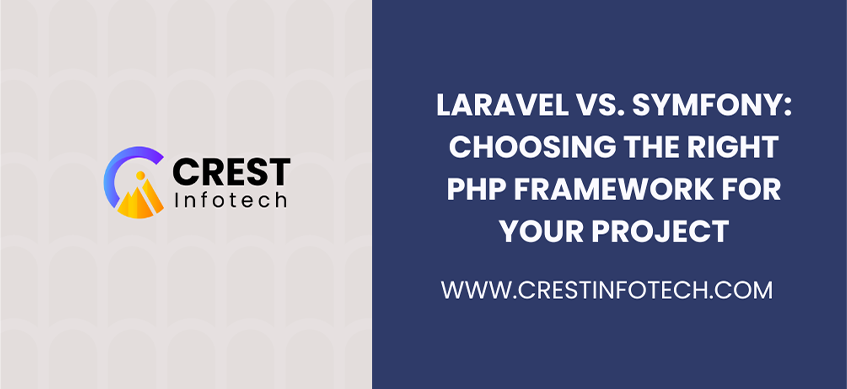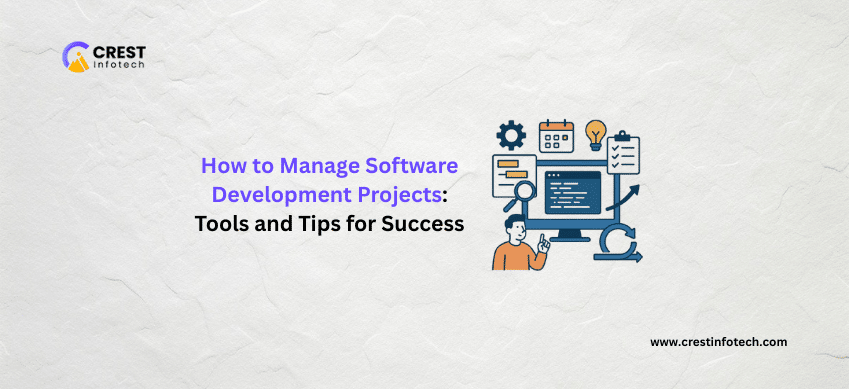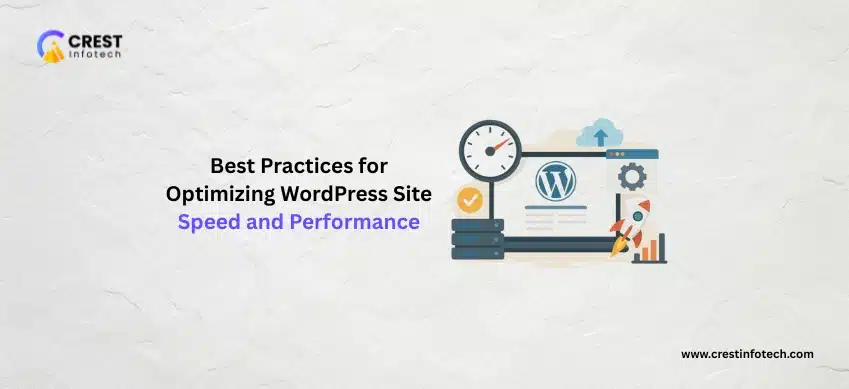When developing modern web applications, selecting the right framework can significantly influence the success and efficiency of your project. In the PHP ecosystem, Laravel and Symfony are two of the most popular and robust frameworks. Both offer powerful features, but each has its own strengths and best-use scenarios. In this article, we will compare Laravel and Symfony, helping you decide which PHP framework is better suited for your project.
1. Overview of Laravel and Symfony
Laravel
Laravel is known for its elegant syntax and developer-friendly features. It was created by Taylor Otwell in 2011 and has since become one of the most widely used PHP frameworks. Laravel is ideal for building web applications rapidly with an expressive, simple API that handles everything from routing and authentication to database migrations and Eloquent ORM.
Key Features of Laravel:
- Elegant Syntax: Makes development easy and enjoyable with an expressive syntax.
- Eloquent ORM: Powerful and simple ActiveRecord implementation for working with databases.
- Blade Templating Engine: A lightweight, intuitive templating engine.
- Artisan CLI: Command-line interface for automation and task running.
- Built-in Authentication and Authorization: Pre-packaged features for managing user access and roles.
- Rich Ecosystem: Includes tools like Laravel Mix, Nova, Horizon, and Scout for full-featured development.
Symfony
Symfony, released in 2005 by Fabien Potencier, is a PHP framework that focuses on reusable components and long-term maintainability. It offers a modular architecture and is often used for more complex and enterprise-level applications. Symfony is well known for being reliable and highly customizable.
Key Features of Symfony:
- Modular Components: You can use standalone components or the full framework depending on your project’s needs.
- Highly Configurable: Offers deep customization and fine-grained control over almost every aspect of the framework.
- Twig Templating Engine: A fast, secure, and flexible templating engine.
- Symfony Flex: Helps you easily install and configure packages as your project grows.
- Enterprise-Level: Built to scale and handle complex projects with stability and reliability.
- Interoperability: Many of Symfony’s components are used by other frameworks (including Laravel).
2. Ease of Use and Learning Curve
Laravel
Laravel is designed to be intuitive, making it ideal for developers who are just starting out or want to get applications up and running quickly. Its expressive syntax and clear documentation make it easy to learn and master. With tools like Artisan CLI, it automates repetitive tasks, saving time and effort during development.
Pros for Ease of Use:
- Beginner-friendly.
- Lots of built-in features and functions.
- Clear, straightforward documentation and community tutorials.
Symfony
Symfony, on the other hand, is more complex and may have a steeper learning curve, particularly for beginners. It emphasizes flexibility and configurability, which can be overwhelming for developers who are new to the framework. Symfony’s philosophy revolves around letting the developer make the decisions, which means more control but also more work upfront.
Pros for Ease of Use:
- Powerful but requires a deeper understanding of programming concepts.
- Suitable for developers with more experience.
- The modular approach allows using only what you need, but the full framework may feel over-engineered for small projects.
3. Performance and Scalability
Laravel
Laravel is optimized for rapid development and offers good performance out of the box for most small to medium-sized applications. It includes caching mechanisms (Redis, Memcached) to help boost performance. However, when compared to Symfony, Laravel might lag slightly behind in large-scale enterprise applications that require fine-tuned performance optimizations.
When to Use Laravel for Performance:
- Small to medium applications that need fast development cycles.
- Projects with moderate traffic and fewer complex business rules.
- Caching, queues, and job processing (via Redis or Horizon) enhance performance for most use cases.
Symfony
Symfony is better known for handling complex, high-performance applications. It allows developers to customize the system extensively, which makes it well-suited for large enterprise projects that require precise optimizations and scalability. Symfony’s HTTP foundation and event dispatcher components ensure maximum flexibility in how requests are handled, making it more efficient at scale.
When to Use Symfony for Performance:
- Large-scale applications that demand custom tuning.
- Enterprise-level applications that need high throughput and complex workflows.
- Flexible for adding optimizations to cater to specific performance requirements.
4. Development Speed
Laravel
Laravel’s development speed is one of its biggest selling points. The framework comes pre-packaged with a lot of features out of the box, such as authentication, API handling, and session management. The Artisan CLI, Eloquent ORM, and Laravel Forge further enhance rapid development and deployment. For developers looking to build an MVP (minimum viable product) or prototype quickly, Laravel is a better choice.
Fast Development Advantages:
- Ready-to-use packages for common functionalities.
- Out-of-the-box tools for caching, session, and routing.
- Simple setup and deployment through Laravel Forge or Vapor (serverless deployment).
Symfony
While Symfony offers unparalleled flexibility, this often comes at the cost of development speed. Developers need to manually configure certain parts of the application that Laravel automates by default. Symfony’s focus on customizability makes it slightly slower when developing smaller, more straightforward projects.
Development Speed Downsides:
- Requires more manual configuration and decisions upfront.
- More suited for complex and long-term projects than quick prototyping.
5. Modularity and Reusability
Laravel
Laravel offers modularity through its package system, but it is not as inherently modular as Symfony. While Laravel has a rich ecosystem of first-party and third-party packages, its primary goal is to provide developers with an all-in-one toolkit. This makes Laravel a good choice if you need a framework that “just works” without much customization.
Pros for Laravel Modularity:
- Laravel packages offer a wide range of additional functionality.
- Easier to implement external packages for specific use cases.
Symfony
Symfony’s modular architecture is one of its strongest points. It consists of reusable, decoupled components that can be integrated into other PHP projects, even outside of the Symfony framework. This approach makes Symfony ideal for projects where you only need specific components without the overhead of the entire framework.
Pros for Symfony Modularity:
- Use only the components you need, offering great flexibility.
- Symfony’s components are well-tested and widely used in other frameworks (including Laravel).
6. Community and Ecosystem
Laravel
Laravel has a vibrant and active community. It boasts a wide range of packages, tools, and tutorials, which makes it easier to find solutions to common problems. The Laravel ecosystem includes powerful tools like Laravel Nova (administration panel), Laravel Horizon (queue management), and Laravel Spark (SaaS boilerplate), which simplify complex development tasks.
Laravel Ecosystem Highlights:
- A wide range of packages available via Packagist and Laravel Nova.
- Strong community with excellent documentation and support.
- Laravel Forge and Vapor make deployment and scaling easy.
Symfony
Symfony’s community is also strong, though it tends to focus more on experienced developers and enterprise-level projects. Symfony has excellent documentation and boasts over 50 reusable components that can be used across different projects. Symfony also has SensioLabs, the company behind Symfony, which offers professional support and consulting services.
Symfony Ecosystem Highlights:
- Symfony components are widely used in other frameworks (e.g., Drupal, Magento).
- Symfony Flex simplifies package management and configuration.
- Strong support for enterprise-level development and long-term projects.
7. Which Should You Choose?
When to Choose Laravel
- You need fast development and a framework that works out of the box.
- Your project is a small-to-medium-sized application that doesn’t require deep customization.
- You are a beginner or intermediate PHP developer looking for an easy-to-learn framework.
- Your application needs common features like authentication, job queues, or API support.
When to Choose Symfony
- You are building an enterprise-level application with complex, custom requirements.
- You need fine control over every aspect of your application and want a modular approach.
- You’re an experienced developer who values flexibility, scalability, and long-term maintainability.
- You plan to integrate specific Symfony components into an existing PHP project.
Conclusion
Choosing between Laravel and Symfony depends largely on the nature of your project and your development needs. Laravel is an excellent choice for fast-paced development with its built-in tools and easy-to-understand structure, making it ideal for small-to-medium-sized projects. Symfony, on the other hand, is a more robust and flexible framework, designed to handle large, complex applications and enterprise-level systems.
Ultimately, both frameworks offer powerful features and can deliver exceptional results, so the decision should be based on your project’s specific requirements and your development team’s expertise.



